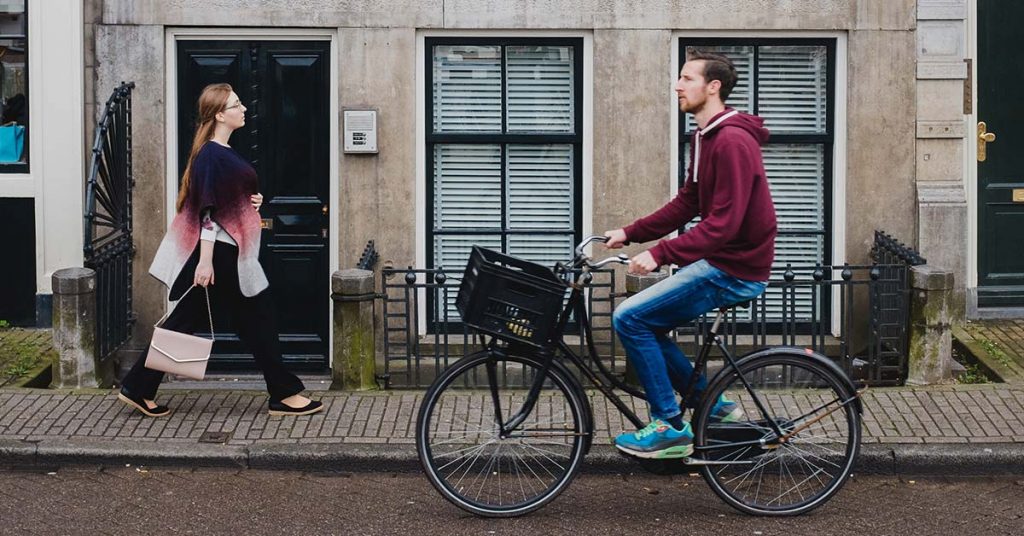
A 2019 study investigated the relationship between daily commuting behaviour and employee productivity levels. The results point out that not only the commuting distance but also the transport mode affects employee performance and happiness.
Commuters travelling short-distances by active transport modes (walking or cycling) reported being more productive. They also associated positive feelings to their commuting trips such as relaxed, calm, satisfied.
For instance, those travelling 1km to and from work have 36% fewer absent days than those commuting 15km. At the same time, workers aged between 35-54 years who commuted via active transport self-reported better work performance than their counterparts who drove or took public transport.
This research indicates that promoting active transport modes might be an interesting strategy to boost productivity and the commuting patterns of staff should be on employers’ radar.
One of the challenges employers might face is the potential barriers to adoption. These include the perception that walking and cycling to work takes longer than it is. Hosting events such as the Walk to Work Day is a tool to demystify it. Promoted by Pedestrian Council of Australia and Diabetes Australia, the next Walk to Work Day will occur on the 4th of October 2019. Employers can also provide end-of-trip facilities with showers, changing rooms and lockers to minimise other objections.
However, influencing the change of transport mode is not just within the control of the private sector. As we have previously pointed out, having a safe and connected bike network is key to increasing the cycling uptake.
The safety and quality of pedestrian infrastructure also impacts people’s mode share. Creating a pedestrian-friendly environment involves aspects from the width of the walking path, to location of crossings, to adding more trees and green areas to attract pedestrians.
